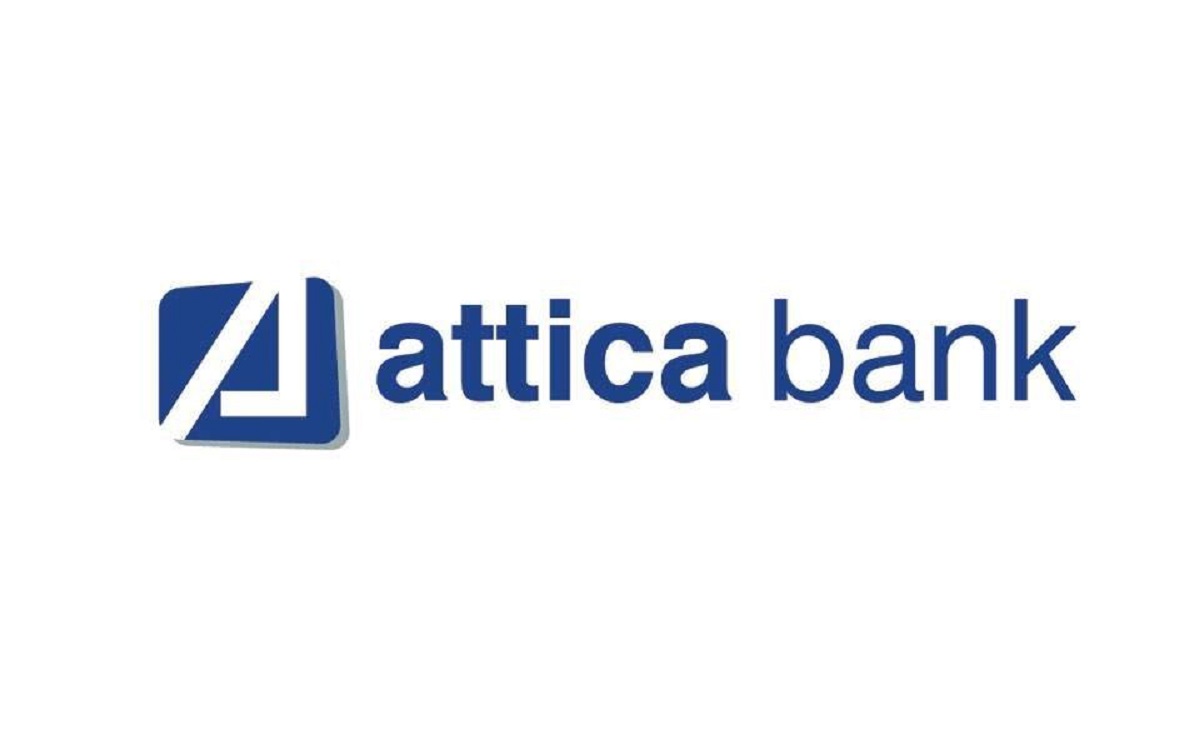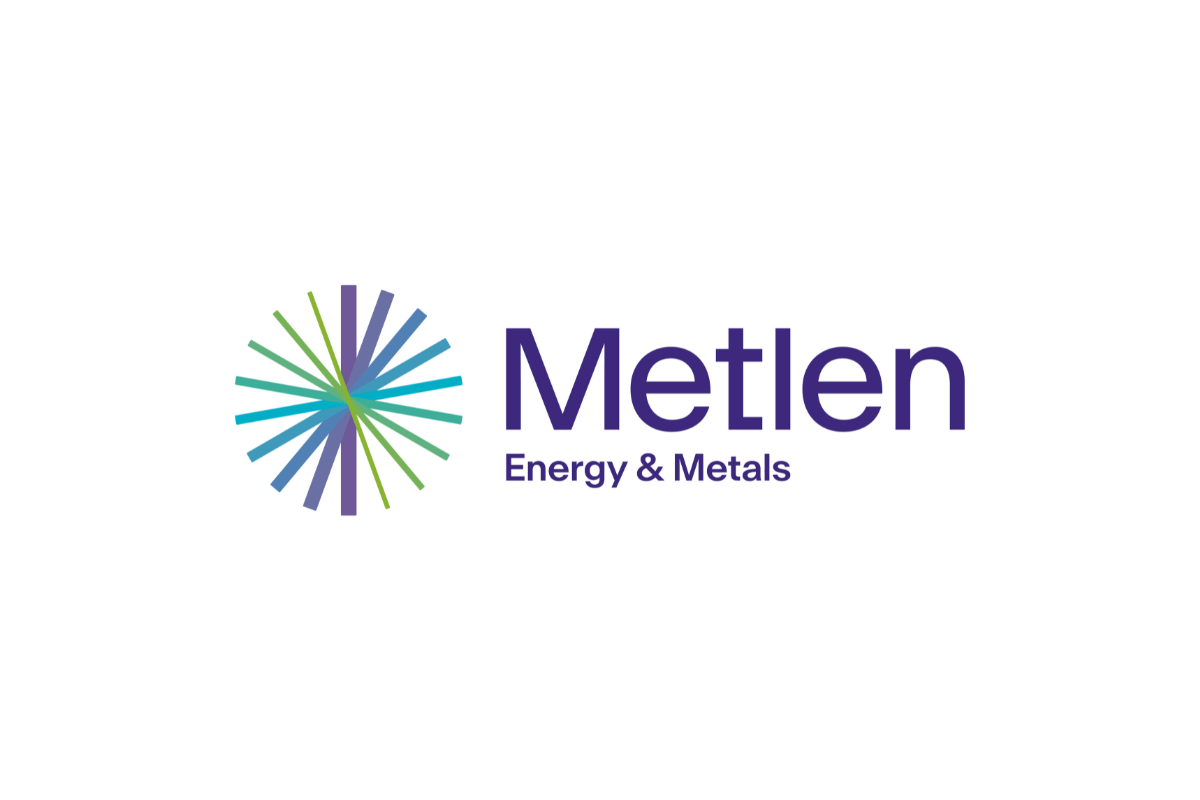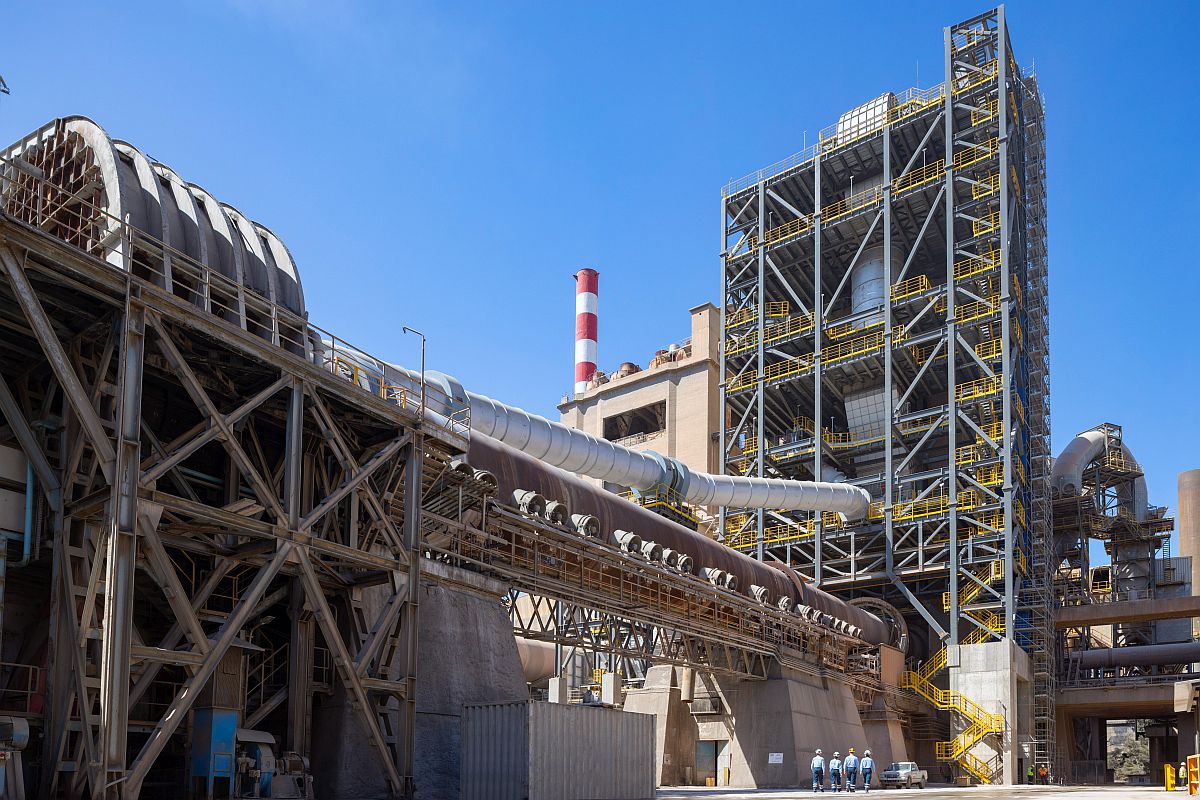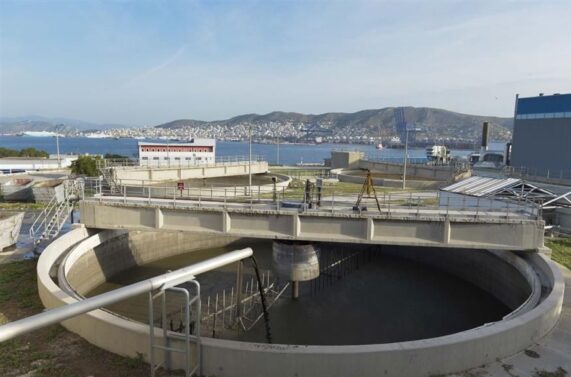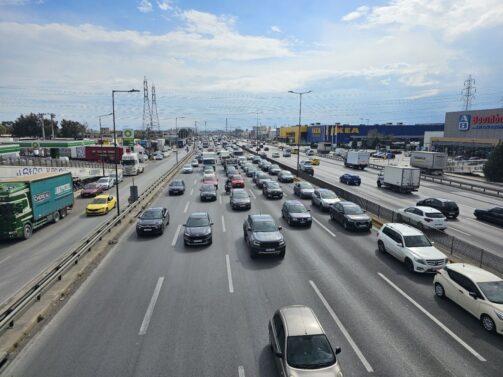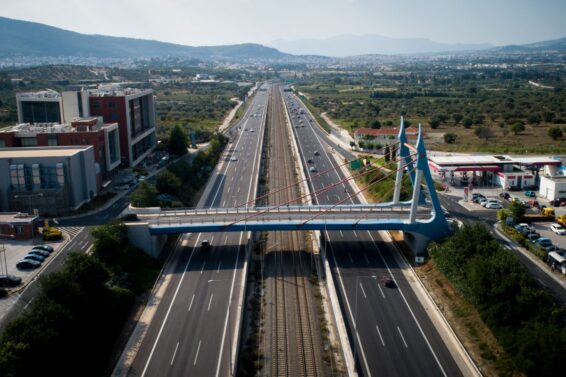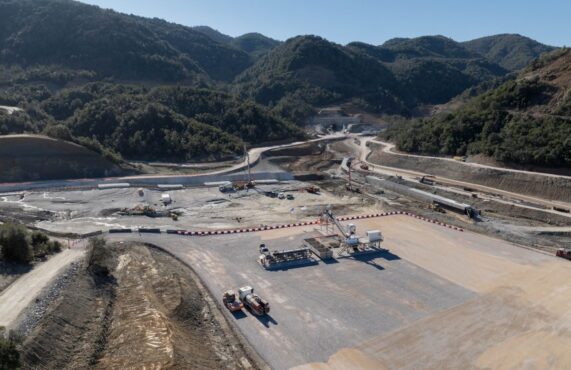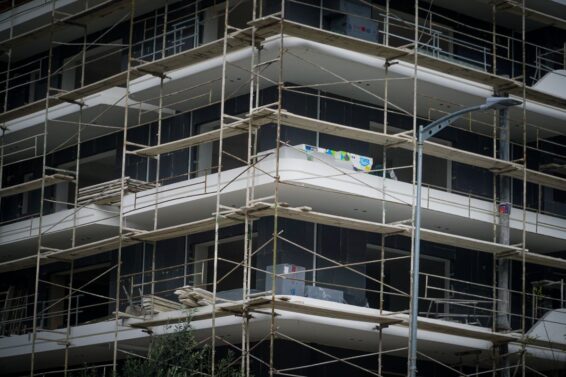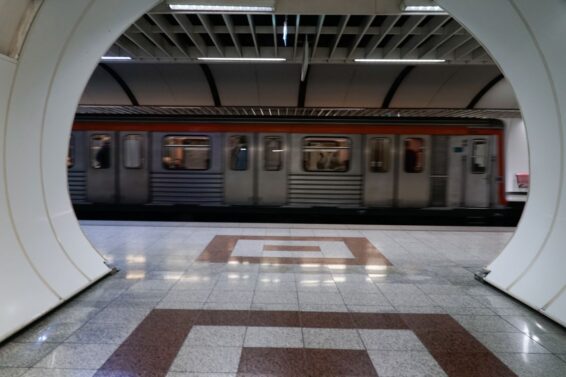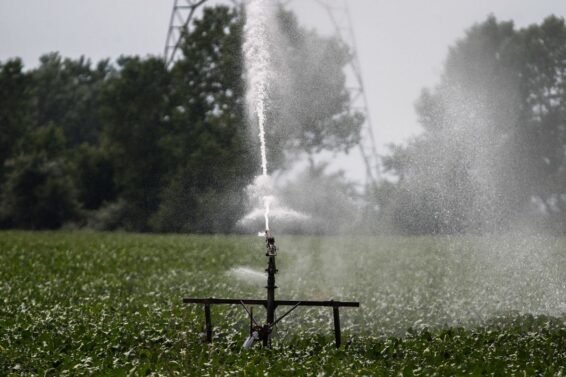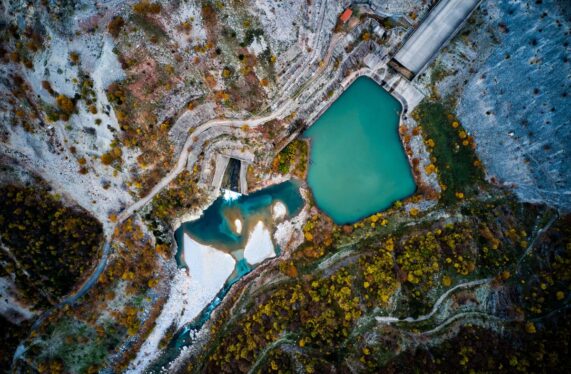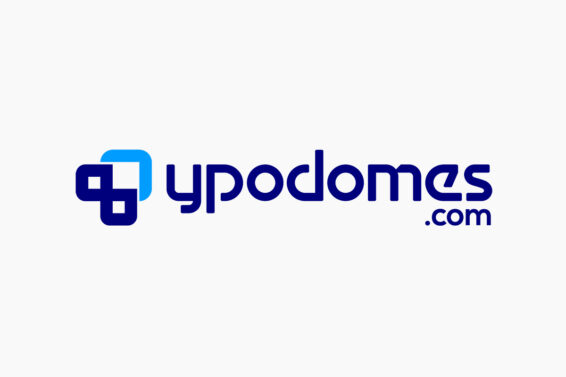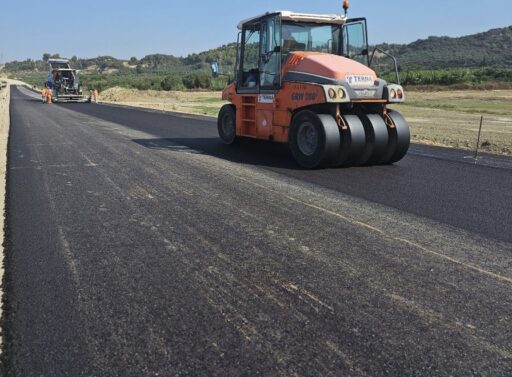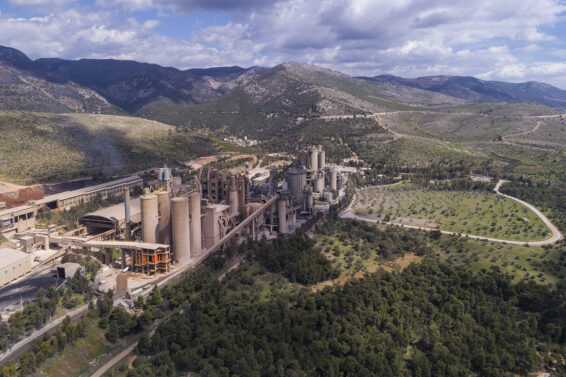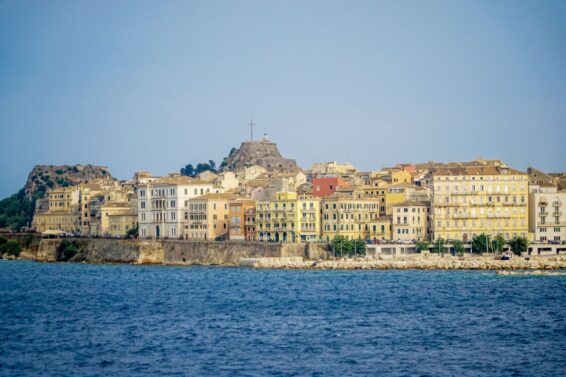The construction of Northern Crete’s Motorway Axis (aka VOAK) is probably the most necessary, pending infrastructure project in the country. The current road is extremely dangerous with numerous fatalities each year.
This necessity has been acknowledged by the Ministry of Infrastructure, that has expressed its will to create a covered motorway, the first section of which, will be covering the distance between Chania and Heraklion with a length of 140 km.
Sourcing funds began a few months ago, and officials from the Ministry are optimistic that soon enough a deal will be reached, securing the implementation of a project that has been a central demand of the Cretans for many decades.
At this point, there are 2 serious issues to be solved:
-Cretans also demand the creation of a toll-free Motorway. Nevertheless, there must be a provision for the amortization of its construction and operational costs, as the project will be funded by the European Investment Bank. Put simply, a viable formula must be decided that can also secure the repayment of EIB’s loan, otherwise its funding is rather unlikely. Another funding model could be the “availability payments” from the State but that would also mean that the financial burdens of the new Motorway would add up to the general national debt.
The Ministry is oriented into adapting the “vignette” system as an alternative of the tolls, a model based on time rather that mileage charges. This option could partly solve the Ministry’s problem regarding the 160,000 rental cars on the island but not take it out of the picture.
A full-fledged solution would be the contribution of every vehicle on the island even with lower prices as there is a valid excuse for the lack of an alternative network. We shouldn’t also forget that, apart from the sizeable fleet of rental cars, the Motorway will have to “cope” with additional heavy trucks and touristic buses.
-This brings us to the second issue which is the maintenance of the road. Take as an example Egnatia Motorway which, after many years in operation, has not undergone the required and costly “heavy” maintenance. Instead of that, standard maintenance works are outsourced through contracts to other companies, every year, costing tens of millions of euros coming from the Ministry of Infrastructure (to Egnatia Odos SA).
All conceded Motorways come with frequent Motorist Service Stations (MSS) providing rest, fuel and food to the drivers, parking spaces and WCs, safety vehicles patrolling across the network and of course follow a sufficient maintenance routine. If Northern Crete’s Motorway is to be constructed to the standards of Egnatia, it might as well be a modern and safe covered Motorway with advanced characteristics but not quite as advanced as the other Motorways of mainland Greece. And that would be one of the reasons that Egnatia Motorway is under privatization.
NCM’s main issues are its funding in the stage of its construction and its operation model thereafter. The Strategic Study, which starts now, will enlighten us, as to what would be the most viable solution to this conundrum and will allow the tender to take place as soon as possible, but most likely in 2018. The project’s completion is estimated in 2023 at best, without taking under consideration the time and money needed for expropriations. However, market specialists told Ypodomes.com that there is a fear that land will be proved to be much more expensive that in mainland Greece, possibly raising the relevant costs significantly.
Nikos Karagiannis-ypodomes.com
ΜΗΝ ΞΕΧΑΣΕΤΕ
- Ακολουθήστε το ypodomes.com στο Google News και μάθετε πρώτοι όλες τις ειδήσεις για τις υποδομές στην Ελλάδα
- Αν είστε επαγγελματίας του κλάδου, ακολουθήστε μας στο LinkedIn
- Εγγραφείτε στο Ypodomes Web TV

